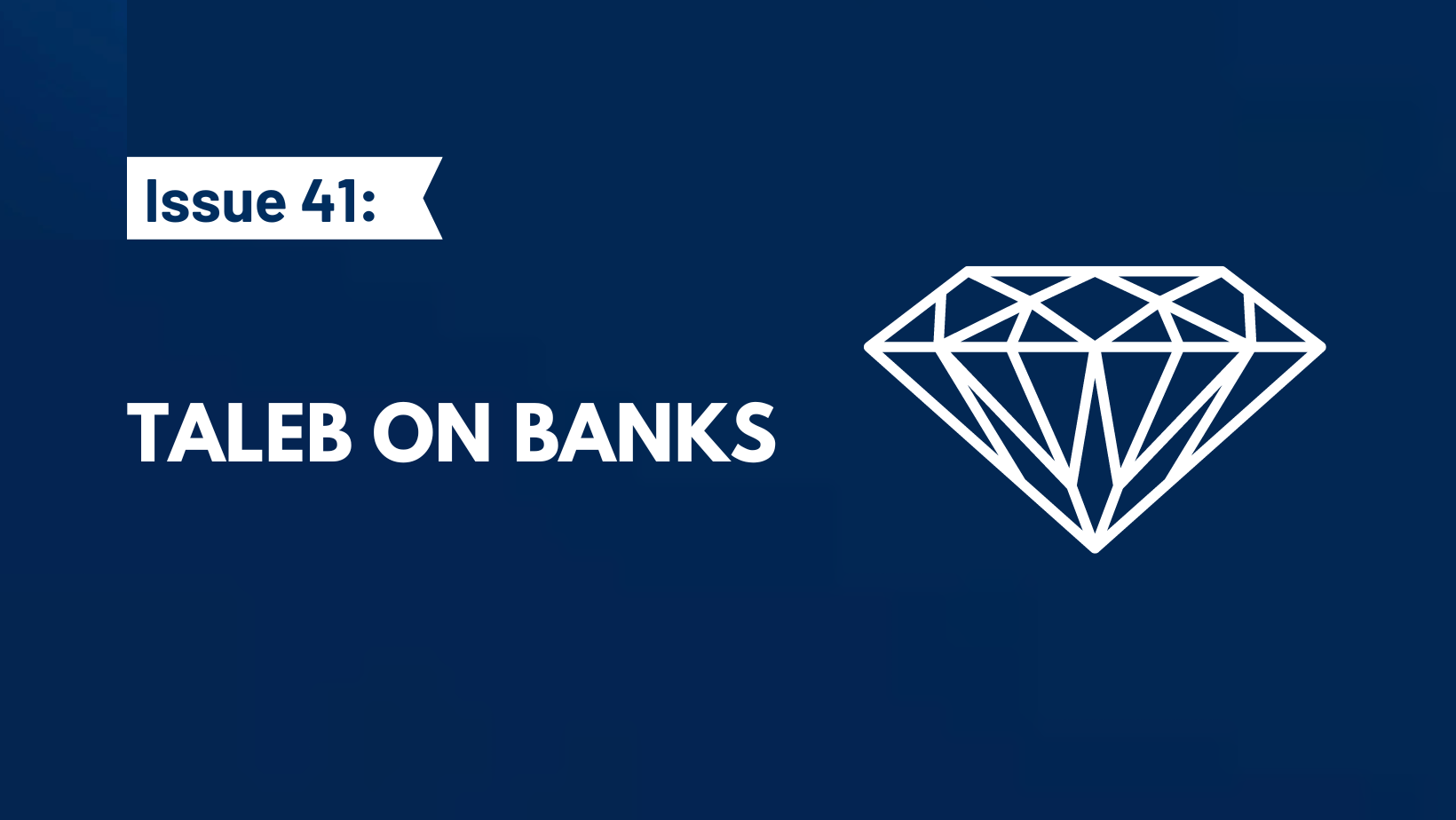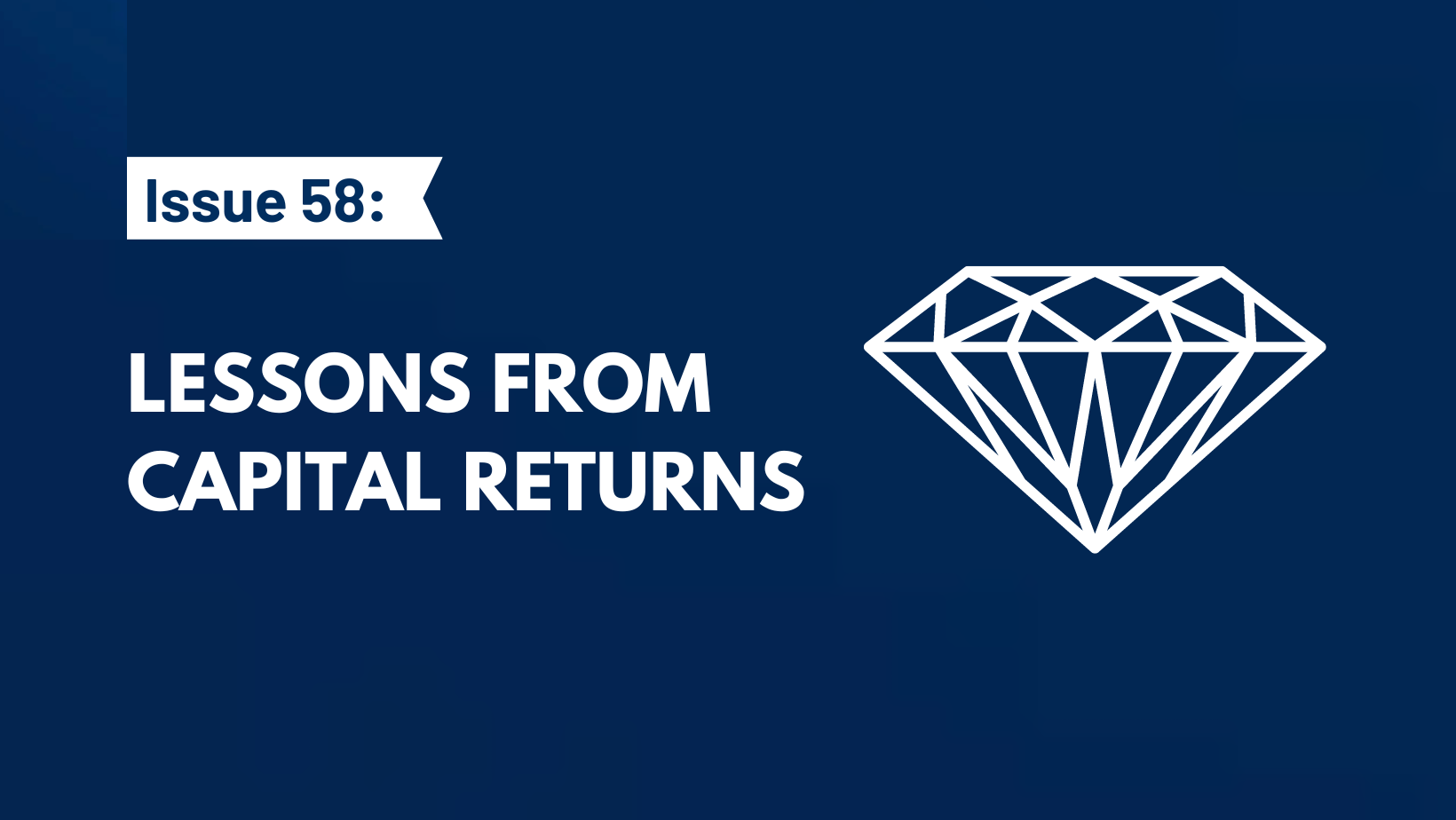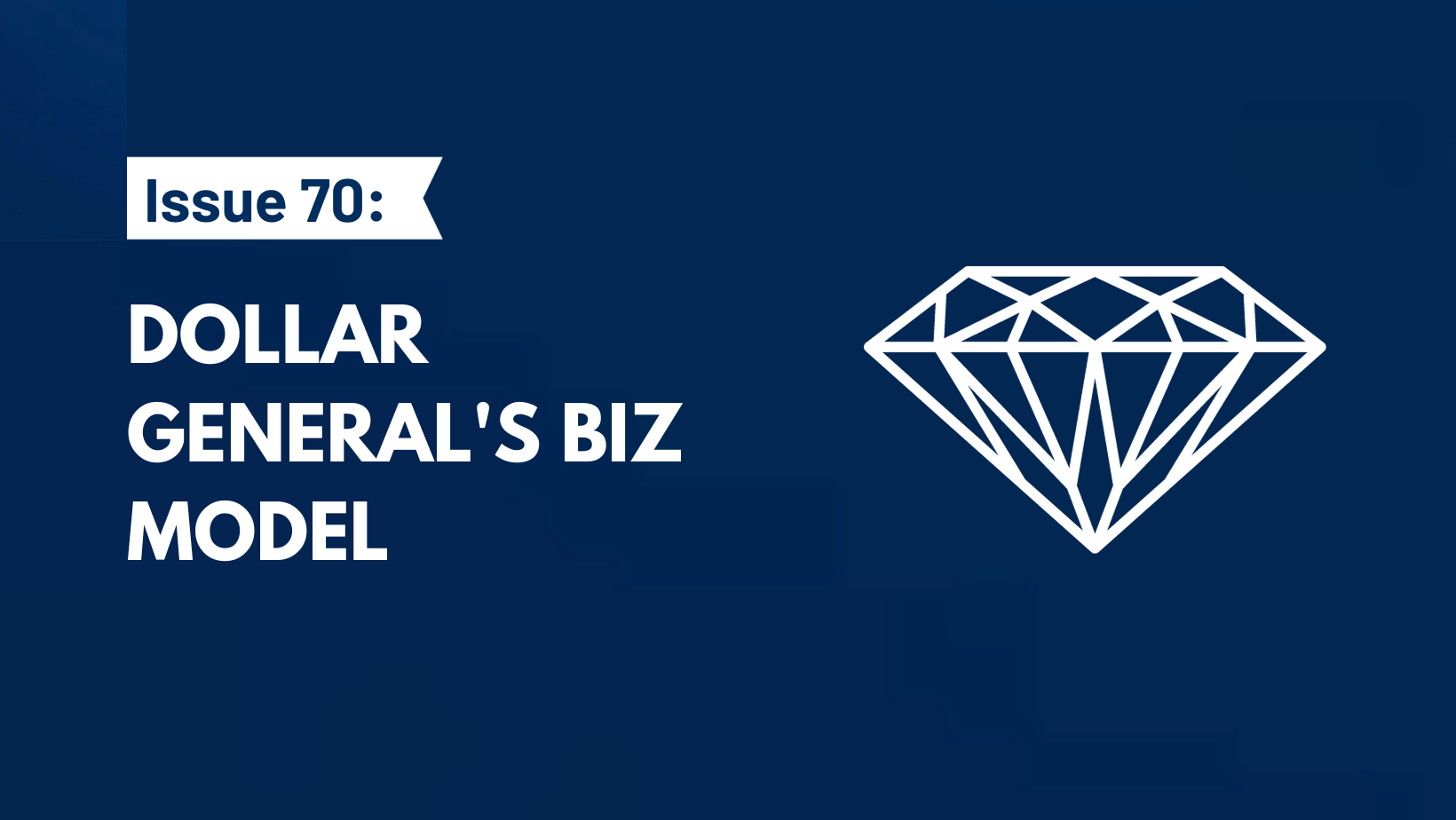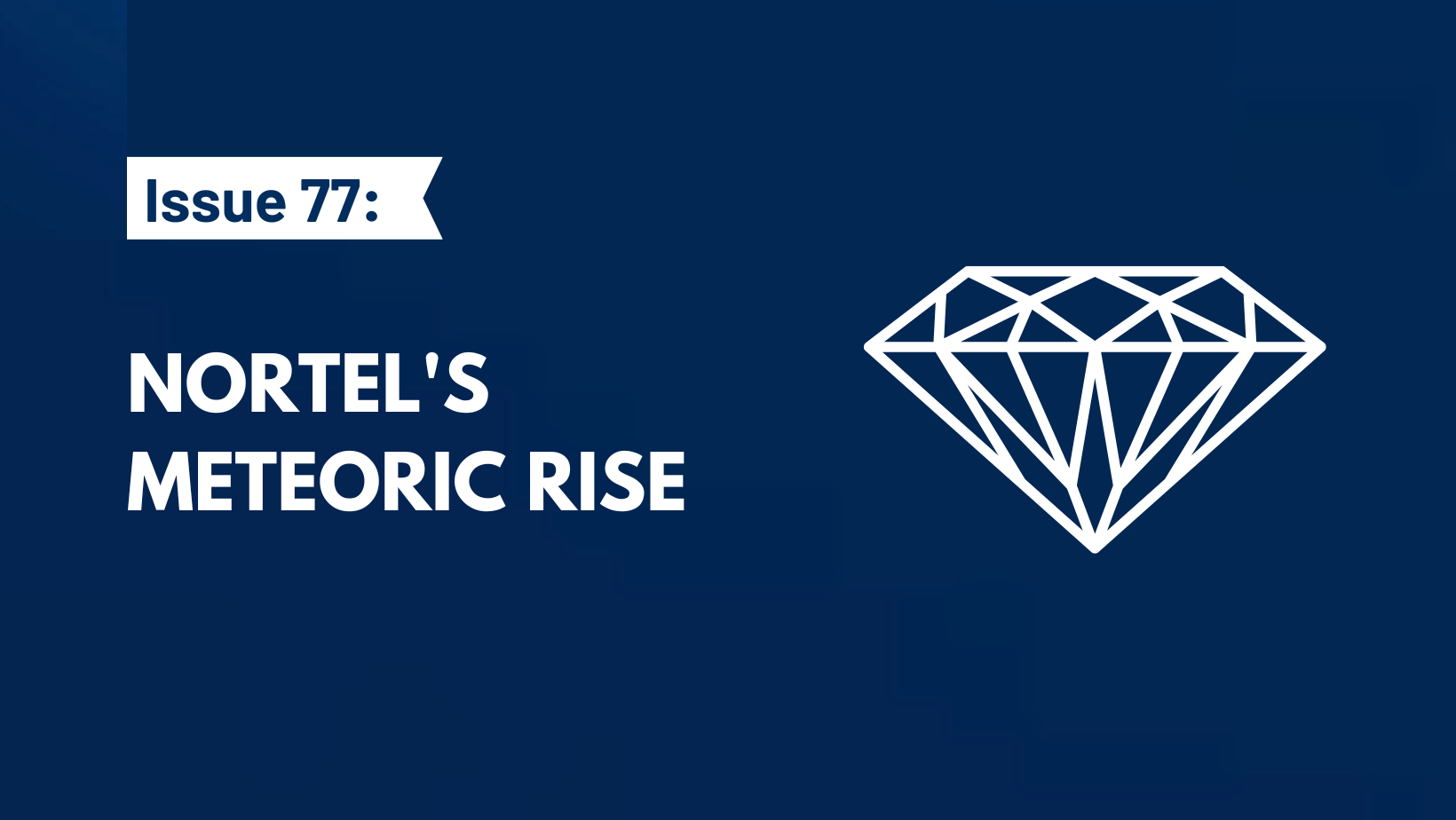NOTE: this was a past issue of my weekly newsletter, Timeless Gems. Join my free mailing list so you don’t miss out on future issues.
Today’s gem is this excerpt from Nassim Taleb on banks & negative optionality:

Given the recent events, the sentence “banks lose periodically every penny made in their history thanks to blowups” shouldn’t surprise anyone.
Banks are a business that takes an entire economic cycle to understand their true performance, but they have to report to (and be judged by) investors annually. Every dollar of earnings reported in a given year creates risk that accrues on the balance sheet and might not surface until several years later. Bank financial statements include a high degree of judgement from management, and the complexity makes it tough for investors to truly assess risk.
Banks generally have low ROIC with capped upside and large downside (hence Taleb’s negative optionality). Any fast-growing or high-returning bank, or other business taking balance sheet risk, is a major red flag.
This is why I get skeptical when I see VC-backed financial startups. No amount of technology changes the dynamics of a business taking counterparty financial risk. VCs are focused on the income statement and want to see it keep going up and to the right. But for financial-based businesses, the value is in the balance sheet – something that’s generally foreign for most VCs. Financial-based businesses can bury many sins on their balance sheet without investors even noticing.
So what’s the lesson in all this? Part of being a successful investor is simply game selection, or game “unselection”, knowing what to avoid. I avoid businesses where they have:
- capped upside/full downside (no matter how guaranteed that upside may appear)
- complex/difficult-to-understand financial statements
- long feedback loops to know whether its performant or not
Shoutout to Jerry for surfacing today’s gem, give him a follow.




